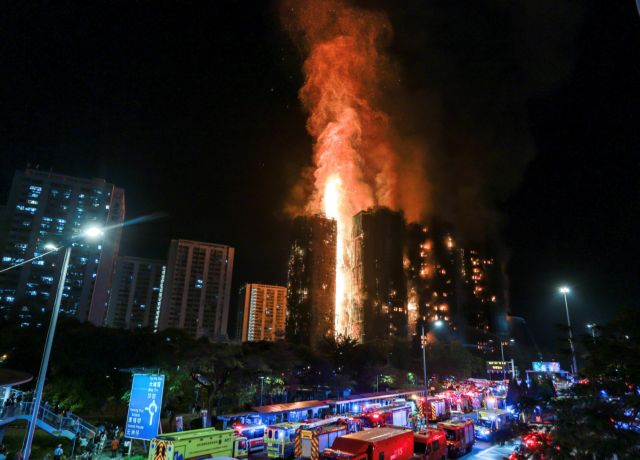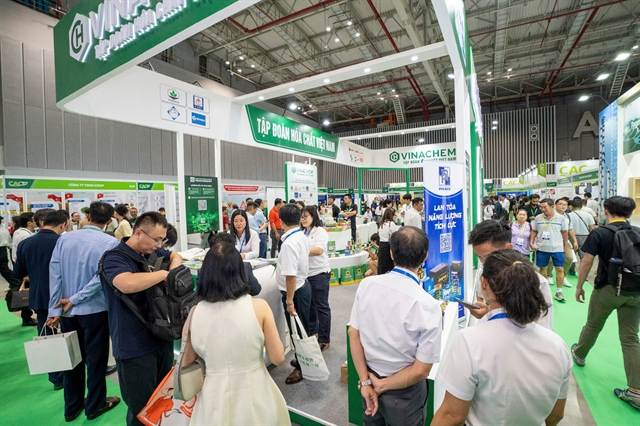 Society
Society

Technical factors and the quality of the new Bạch Đằng Bridge in northern Quảng Ninh Province meet design and safety standards, said representatives from relevant agencies.
 |
| Bạch Đằng bridge in northern Quảng Ninh Province. - VNA/VNS Photo |
HÀ NỘI — Technical factors and the quality of the new Bạch Đằng Bridge in northern Quảng Ninh Province meet design and safety standards, said representatives from relevant agencies.
The conclusion was agreed upon by all involved parties, including construction consultants, supervisors, designers, investors and construction workers, at a meeting with provincial authorities on Wednesday.
The meeting was held following media reports about the surface of the bridge undulating that appeared just two months after it was put into operation on September 1.
The 5.4km long cable-stayed bridge, which cost over VNĐ7.3 trillion (US$313 million), has three H-shaped pylons.
Vice Chairman of the provincial People’s Committee Vũ Văn Diện said the conclusion about the bridge’s safety was based on scientific monitoring and observational data.
Representatives from involved parties said all technical issues relating to the bridge including its cables and pillars were regularly examined to ensure they meet design requirements.
They agreed that the road surface on the bridge was bumpy but said it was still within allowed limits to ensure traffic safety for vehicles crossing the bridge.
Hoàng Quốc Cường, head of the project’s supervision team, affirmed that the bridge’s structure ensured safety and all technical data met safety standards. Additional asphalt pavement would be added to make the bridge surface smoother, he said.
Chairman of the Board of Directors of the Bạch Đằng Bridge BOT Joint Stock Company – the project’s investor – said it was normal in bridge construction projects for the bridge surface to show some unevenness.
For most bridges, the problem will be easily fixed by using a thin layer of concrete to cover the uneven parts. But for cable bridges like Bạch Đằng Bridge, it requires two to three months after opening for the cables to settle before the surface is fixed.
All involved parties discovered the unevenness and reported to the local authorities right after the bridge was put into operation and proposed measures to fix it.
“As soon as the bridge’s cables operate stably, the company will work with relevant agencies to fix the unevenness of the bridge surface,” Hòa said.
Nguyến Đức Thuận, head of the project’s design consultancy team, said all parametric variations of the bridge were within safety limits according to data from an observation system which was installed to independently assess the safety of the bridge.
Diện asked the project’s investor and relevant agencies to continue supervising the bridge’s quality and promptly take recovery measures to ensure traffic safety. — VNS




